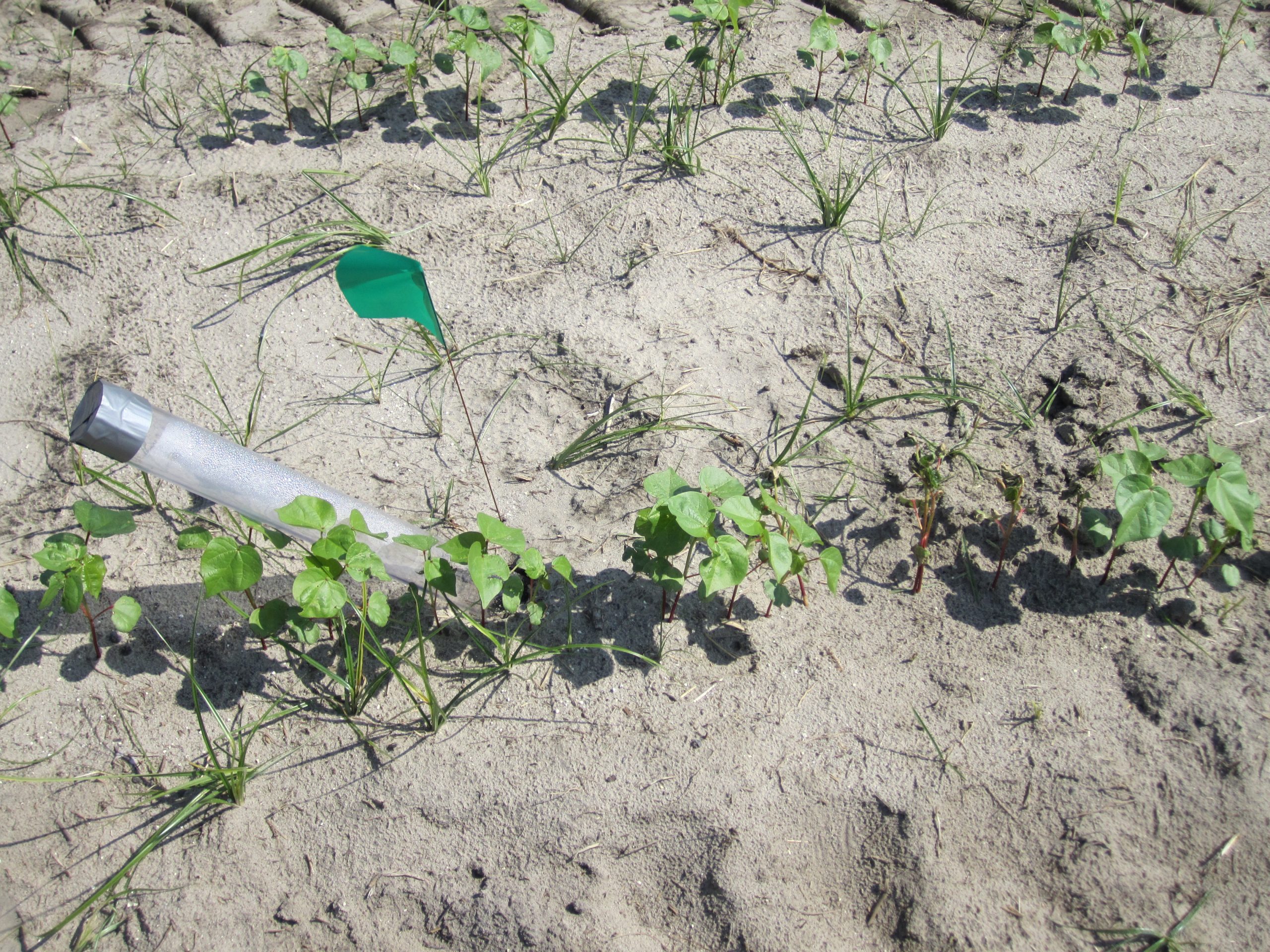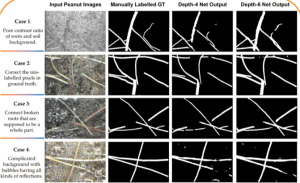A team of researchers from ECE Florida and IFAS has received a $1.2M grant from the United States Department of Agriculture (USDA) that combines machine learning, hyperspectral cameras, and minirhizotron tubes to study root systems of plants over time. The project, “SiTS: Hyperspectral Signals in the Soil,” is headed by ECE researcher Dr. Alina Zare and includes: Dr. Sanjeev Koppal from ECE, and Drs. Chris Wilson and Diane Rowland from Agronomy and Stefan Gerber from Soil and Water Sciences in IFAS.
Background
Researchers studying plant root development face numerous challenges. No surprise—roots are difficult to see. Historically, plant scientists have used a variety of mechanisms: growing plants in clear gels in the lab, growing plants in “rhizoboxes” (thin boxes with clear plastic slides), or “shovelomics” (essentially ripping the plant out of the ground to look at the roots).
Researchers have also used minirhizotron tubes—clear plastic tubes that are inserted into the ground, adjacent to a growing plant in the field. Then, a camera is inserted into the tube to take pictures of the roots as they grow alongside the tube. This method has a number of advantages: plants can be studied in realistic scenarios in the field, and the cameras stay in place, recording change and growth over time.
Though MR tubes are already widely used in this type of research, there are two major limitations that impact the usability of the resulting data. First, once the image is taken, the general analysis approach is extremely tedious and time-consuming. Most plant scientists use software to hand-trace each root, pointing and clicking along every root and labeling by hand. The work is extremely slow, dull, and prone to error. Second, the cameras used in these systems are just regular RGB cameras and therefore provide limited types of data.
The New Way
The SiTS project tackles these two major limitations in two ways. First, by developing AI algorithms and tools to automatically trace the roots and pull out important root features using ML/AI methods, labeling and analysis can be automated. Second, the grant supports work to develop a hyperspectral camera to be installed into the MR tubes. Hyperspectral imaging can obtain much more information than traditional RGB cameras—for example, carbon levels in the soil, chemical composition in soil and in the roots.
This combination of MR tubes, hyperspectral data, and sophisticated AI algorithms will dramatically speed the capture and analysis of meaningful root growth data, providing vastly improved datasets for researchers. Given the recently announced $70M partnership between Nvidia and UF providing massive AI infrastructure to UF researchers, UF is extremely well-positioned to lead the way on this type of research.


